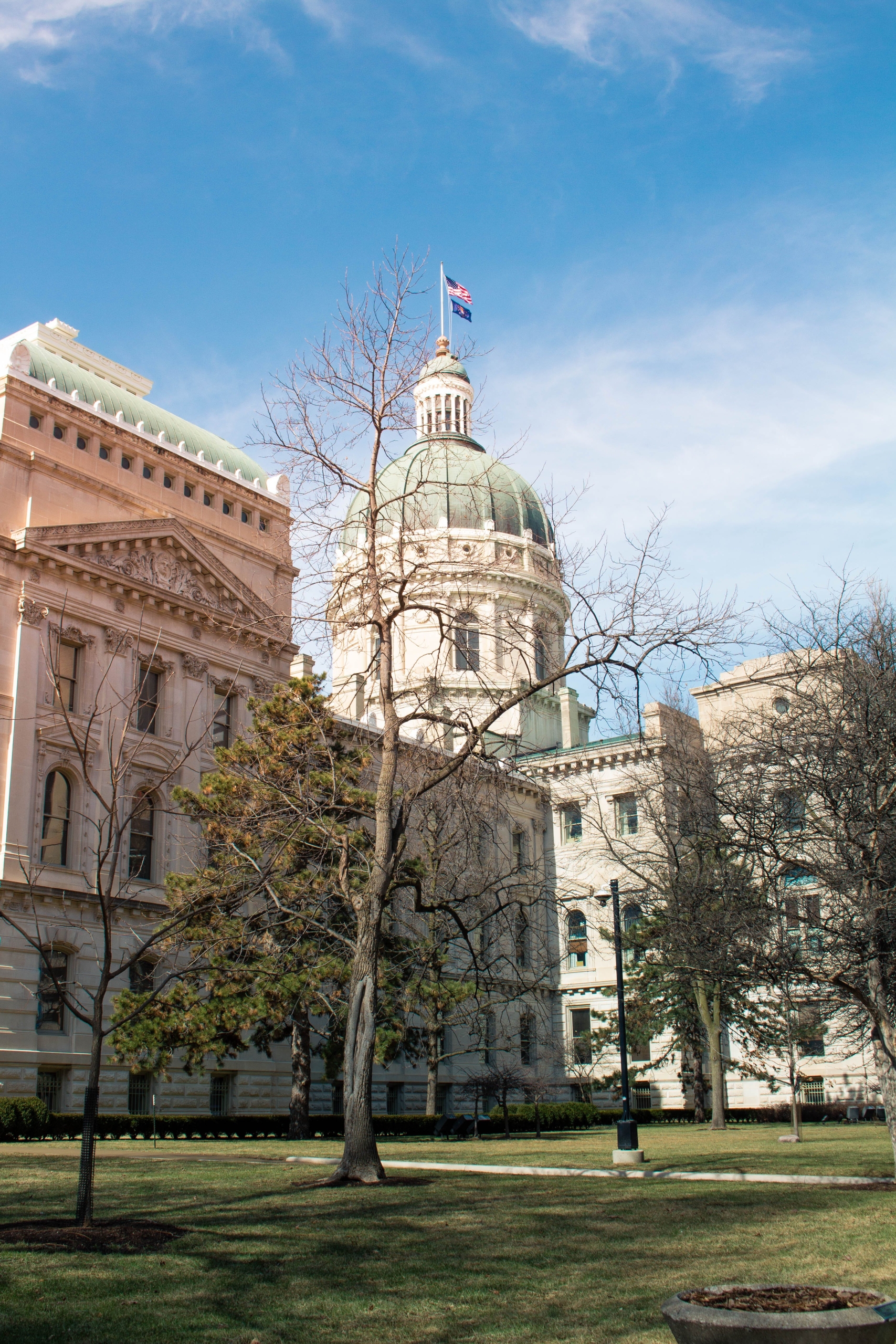Fixing a Diabolical Disconnect

Adam Crain
If you are a proponent of education choice like we are, you will be happy to hear that allies are already beginning to take up the fight for expanded education choice in South Carolina. Sen. Tom Davis, a libertarian from Beaufort, says his upcoming piece of legislation will raise the cap for ExceptionalSC (South Carolina’s only tax-credit scholarship program) from its current level of $10 Million to $25 Million. The State reports:
“Davis also wants to set aside another $25 million in tax credits for donors whose money would pay for poor children to go to private schools.
Davis said the program for economically disadvantaged children – those who are qualify for federal free or reduced-cost lunches, or Medicaid benefits – could be a part of the Legislature’s response to a Supreme Court ruling saying the state is not doing enough for poor, rural students and their schools.
‘There’s clearly a disconnect between inputs and outcomes,’ said Davis, a libertarian Republican and public education critic.
Davis’ proposal would make available more tax credits to donors who contribute to a nonprofit that makes private school tuition grants to students with disabilities or those who live in poverty. In return for their donations, contributors could claim a tax credit reducing the state taxes that they owe by up to 60 percent.”
This is great news! But what is the disconnect between inputs and outputs Senator Davis (and the South Carolina Supreme Court in the Abbeville decision) is trying to correct?
In 2002, South Carolina spent just over $8000 per student on education and the average score of South Carolina students on the National Assessment of Education Progress (NAEP) was 215. In 2015, South Carolina spent almost $12,000 per student and the average score was 218. For nearly $4,000 more per student per year, South Carolina saw the scores rise 3 points.
By contrast, Florida spends just over $10,000 per student – $2,500 more than they did in 2002 – yet their student’s average NAEP score was 227, an increase of 13 points since 2002.
Thus, while both states are spending more per student than they were in 2002, the per student price tag for South Carolina students is higher than Florida’s but with less academic improvement.
The fact that we spend more per student than Florida, yet our students do not seem to be advancing as far is part of the disconnect Senator Davis is talking about.
One-size simply does not fit all in education, and Senator Davis’ efforts to expand the opportunity for more of South Carolina’s most vulnerable children to get an education that meets their unique needs is a welcome development.



